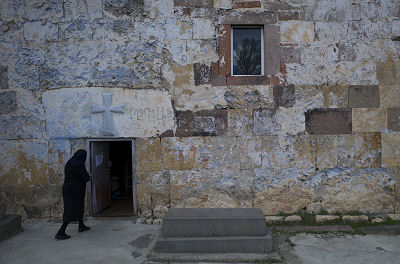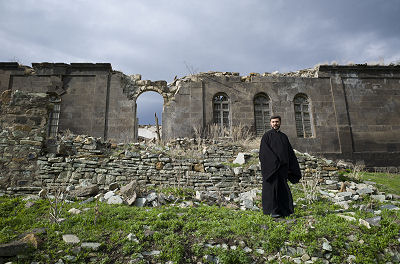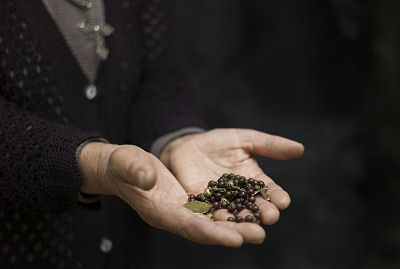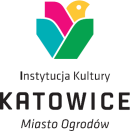|
Strona archiwalna!
Ta strona zawiera treści archiwalne, które nie były zmieniane po 23 września 2019 r. Jeśli chcesz wiedzieć więcej zapoznaj się z deklaracją dostępności
|
||||||
archiwum
 2006 2006
 2008 2008
 2010 2010
 2012 2012
 2014 2014 |
||||||

| ||||||
 |
 |
|||||

|
||||||
| strona główna założenia regulamin kalendarium wskazówki pobierz jury rejestracja zgłoszone projekty galeria gallery | archiwum kontakt | |||||
Description popularizing the research project The most spectacular act of religious devotion is dying for faith. Much more often than martyrdom there are problems which do not allow to observe religious rites. The causes may be twofold: internal and external. The first ones occur when it is difficult to follow the guidelines of catechism, when there is lack of time for the religious practices, when there are doubts or sudden rational calculation excludes intuition, which may affect each believer. In such a situation it is really hard to adhere to the forefathers' religion. The latter ones which may lead to martyrdom are objective factors, which, in spite of steadfast resolve try to shake believers' faith. It happens so when religion clashes with politics. It is a difficult struggle and history teaches that there are places in the world where freedom of belief has to yield to political objectives. They are Armenia and Georgia, whose Christian roots reach back to the 3rd century. Christians in the area in the past centuries have had a stormy history of both the state and the religion. Many Armenians were killed, exiled, and persecuted, especially in 19th and at the beginning of 20th century. There are still Armenians who were persecuted for their beliefs in their own country, city, street, when the official doctrine of the Soviet Union sanctioned closing down churches and oppressing people for just attempting to follow religious practices. After the collapse of the Soviet Union religious revival was not a priority for the rebuilding state. However, according to statistics, there are approximately three million members of the Armenian Apostolic Church, which is over 90% of all Armenians. Thus, it seems that despite persecution Armenian religiosity survived and is not endangered. Yet, like all around the world, in big cities and small villages it differs. It is different for the youth living on the border of the virtual and real world, and different for the traditional villagers who still remember the past oppressive regime and still bear a trauma close to martyrdom after all the persecutions. Armenian Catholicism of the 21st century still carries a burden of over 1700 difficult years. Abstract This aim of this project is to study modern history and current situation of the Armenian Catholics living in Armenia and Georgia. It focuses on various phenomena (understood in processual and discursive terms) regarding the memory, identity and religiosity of the given group. The research questions raised in the project include: - the religious and ethnic identity of the Armenian Catholics in context of their mass resettlement in the 19th and early 20th century, persecutions of the clergy and disbanding Church's structures by the Communist regime, and the contested revitalisation of the Church after the fall of the Soviet Union; - religious customs and rituals of Armenian Catholics; current relations between the 'religion as practiced' by people who relate themselves in one or the other way to Armenian Catholicism and 'religion as prescribed' by clergymen; - the relations between Armenian Catholics and other religious and ethnic groups in Armenia and Georgia, particularly the followers of the Armenian Apostolic Church. The answers to these and other questions will deliver a detailed ethnographic description of the group under the study and may be used in different comparative research, for example on current revival of Eastern Catholic (Uniate) Churches in the post-communist space. It is an interdisciplinary project and it combines research methods of history and cultural anthropology. Such an approach is based both on the growing interest of anthropologists in historical perspective, and on current anthropological turn in historical studies. As a result, the project combines archival research with multisited ethnographical fieldwork conducted in urban (Yerevan, Gyumri, Tbilisi) and rural (the regions of Djavakh, Lorri, Shirak) settings in Armenia and Georgia. \ |
|
|||||


 The faithful gather for a liturgy in Metsavan village
The faithful gather for a liturgy in Metsavan village












